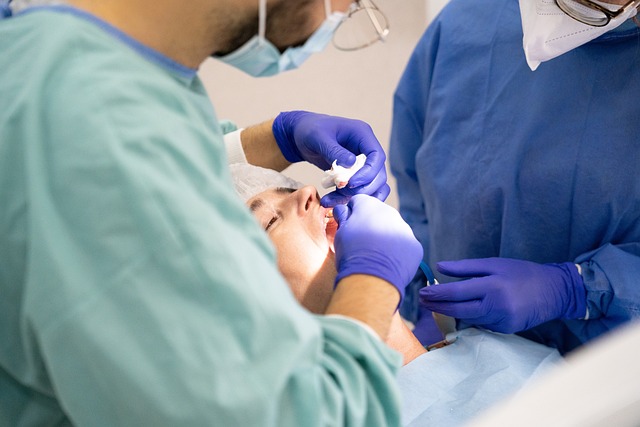Teledentistry use in orthodontics has been growing in recent years. To better understand patient preferences and attitudes among orthodontic patients a study was conducted by Jackson K. Griffeth and et. al. titled “Patient perspectives on teledentistry and face-to-face doctor interaction during orthodontic treatment” appearing in the American Journal of Orthodontics and Dentofacial Orthopedics (published November 19, 2022). Teledentistry has been covered before on this site see for example the post Delivering Dentistry and Counseling to Patients using Telemedicine.
In the article the authors assessed the perceived value of face-to-face interactions between patients and orthodontists, patients desire for convenience, and attitudes toward teledentistry for orthodontics. In the study the authors had orthodontists email their patients surveys that were completed by those 18 and older and by the parents for those under 18. The authors had eight orthodontists in the study that had surveys completed by 388 patients from the West Coast, Southwest, and Southeast U.S. The orthodontists had practices that represented a wide amount of city populations, ranging from 50,000 to 850,000.

The authors found that patients in orthodontics prefer a clear preference for face-to-face interactions. This was true for both adults and children but adult preference for face-to-face interactions was slightly higher than the children. In total 86% of adults considered face-to-face interaction important and 89% said their treatment fit conveniently into their schedule. For parents with children, 85% considered face-to-face interaction important, and 85% said the treatment fit conveniently into the schedule. The authors speculated due to the elective nature of orthodontics, most patients can wait to seek treatment until a time that works for them. The authors also found that adults with clear aligners may have a greater interest in teledentistry. The researchers speculated this may be because of less physical manipulation required with clear aligners.
The authors said:
“Although convenience is likely to be desired by most, if not all, of our patients, there are other important motivations, such as quality of care, comfort, value, and rapport with the orthodontist”
From the study the authors were able to draw several conclusions. Patients perfer face to face interaction with orthondontic treatment and consider this to be important. Patients are not inconvenienced by orthodontic treatment. Patients like to have teledentistry to supplement communication but not to replace in person appointments. Patients are not as comfortable being seen virtually particularly for retainer checks, emergency appointments, or online consultations.
